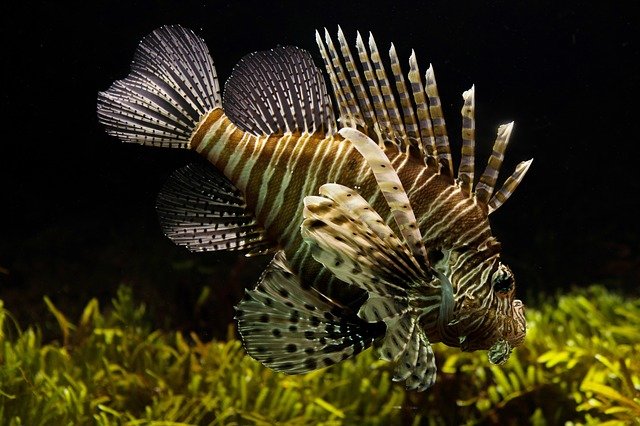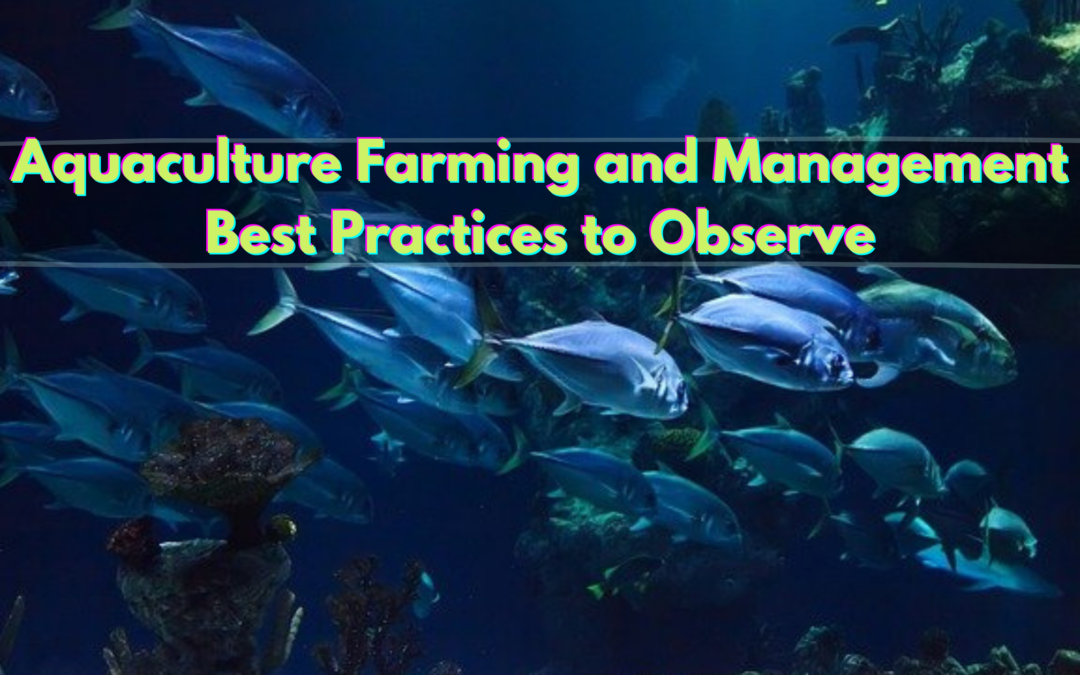Aquaculture farming today is considered the biggest supply of seafood. Just as the scale of production of seafood increases, the industry is likely to be faced with a range of biological, economic, and social challenges. Having insight on some of the aquaculture best practices that should be observed can greatly help in managing the emerging challenges.
Here are some of the aquaculture farming and management best practices that farmers should observe;
Embrace a shift from the traditional experienced-based to knowledge-based farming practices
In order to shift effectively to commercial fish farming; farmers should be ready to shift from the traditional based way of farming to knowledge-based farming practices. This can be realized through the increased use of emerging technologies and automated farming systems. The modern ways of fish farming take into consideration all the life stages of the fish right from the brooding stage of stock/eggs to full-grown fish.
The hatchery stage can be conducted in a confined environment such as indoor tanks that make it easy for the farmers to control the environmental conditions and other environmental factors that are likely to affect the fish. There are key things to take into consideration when engaging in fish farming such as water flow, temperature, and light intensity. The volume of the water that’s used in the pond should be determined by the size of the fish to be farmed, and the gradual scaling of fish production that one finds to be ideal.
Technological tools for monitoring fish farms

Monitoring a large number of fish within a pond through direct observation can be quite a challenge however, there are technological tools that can be used remotely to help monitor the condition of fish in the pond. Farmers can use such tools to gain insight into the progress of the fish and to also manage and control the farm. The technological tools can be used to monitor the fish ponds’ daily operations and the collected data can also be used to optimize the growth of fish.
The use of technological tools in fish farms has been embraced by many farmers especially those involved in intensive fish farming. The use of technology to automate farming management practices helps with addressing some of the challenges that are likely to take place on large scale farms.
Proper selection of farming site
Fish farming is normally subjective to a number of conditions such as ambient environment, oxygen saturation, water flow, light levels, temperatures, and pollutants. Since all of these conditions affect the growth, development, and welfare of the fish, farmers should ensure that they have conclusive data for the environment when selecting an ideal place for fish farming.
Farmers should also have mechanisms in place on how to monitor such conditions even during fish production as it helps in ensuring that the environment is conducive for fish growth.
Get more insight into fish farming best practices and a whole lot of information on how you can improve on fish farming practices by joining a community of farmers at https://www.eatcommunity.com/
P.S: – If you’d like to learn more about sustainable fish farming, please join our EAT Community where you can make some money making the planet better!



